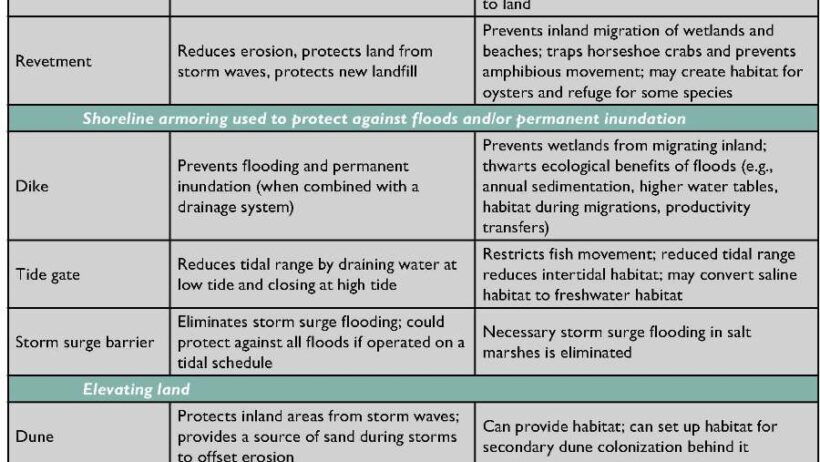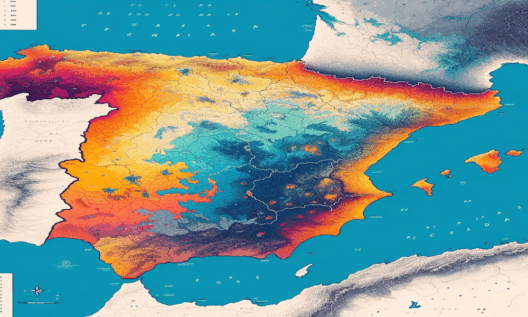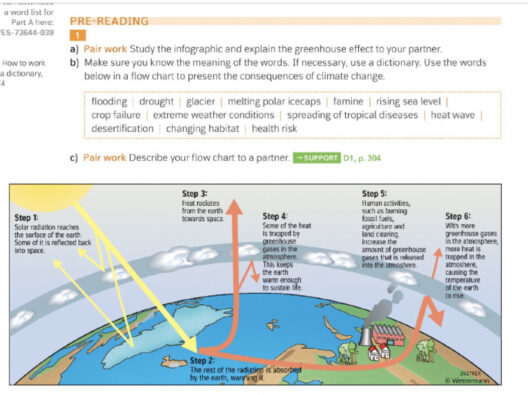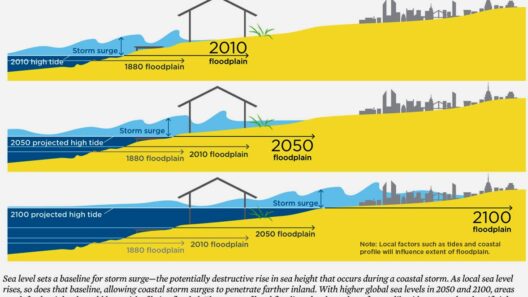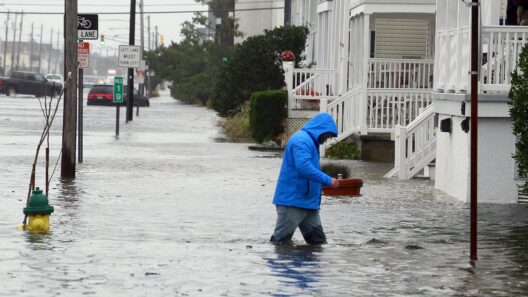As global temperatures continue to rise, the phenomenon of sea level rise poses a significant dilemma for coastal communities and ecosystems. This gradual elevation in sea levels alters not just physical landscapes but also social and economic fabrics. Understanding these impacts is crucial for comprehending the challenges that lie ahead as climate change unfolds.
To fully grasp the implications of sea level rise, it is vital to explore the multiple dimensions that are affected—ranging from natural ecosystems to human infrastructure and social dynamics.
The Threat to Coastal Ecosystems
Coastal ecosystems, such as mangroves, salt marshes, and coral reefs, act as vital buffers against the brunt of storm surges and flooding. However, rising sea levels inundate these environments, jeopardizing their health and functionality. Mangroves, for instance, play an indispensable role in carbon sequestration. As they become submerged, their ability to capture carbon diminishes, exacerbating the very climate changes that result in rising seas.
Moreover, saltwater intrusion into freshwater habitats disrupts local flora and fauna, driving many species to adapt, migrate, or face extinction. The delicate balance of these ecosystems is often upended, creating a cascading effect on biodiversity. This, in turn, impacts the fishing industries that rely on these habitats, leading to economic consequences for local communities.
Communities on the Brink: Vulnerability of Coastal Inhabitants
For many people, coastal communities are not merely places of residence; they are cultural bastions, rich with history and traditions. Yet, as sea levels rise, these communities face existential threats. Many coastal areas, especially in developing nations, are densely populated and economically vulnerable. The loss of land due to erosion and flooding puts residents at risk of displacement, which can become a humanitarian crisis.
Infrastructure is also at risk. Roads, homes, hospitals, and schools are often built close to shorelines where they are now exposed to increased flooding and storm surges. In particular, urban areas, which concentrate both population and assets, face substantial financial liabilities and infrastructural damage. The cost of retrofitting and reinforcing buildings to withstand these changing conditions can be staggering, leading to potential economic destabilization.
Furthermore, the emotional and psychological toll on communities cannot be understated. The threat of losing one’s home or way of life fosters anxiety and despair. Social cohesion may fracture as neighborhoods become inhospitable, resulting in larger impacts on mental health and community identity.
Socioeconomic Dimensions: The Wealth Divide
Sea level rise does not affect all communities equally. The socioeconomic status of a region plays a pivotal role in its ability to adapt to these environmental changes. Wealthier communities can often afford mitigation strategies such as sea walls, elevated structures, and advanced drainage systems. In contrast, lower-income neighborhoods, which frequently occupy the most vulnerable coastal zones, find themselves inadequately equipped to confront this existential threat.
This burgeoning divide raises profound questions of justice and equity. As resources become scarcer, who gets to decide which communities receive funding for climate adaptation? The necessity for a collaborative approach that considers the needs of all communities is increasingly relevant in the discourse surrounding climate action.
Innovative Solutions: Rethinking Adaptation Strategies
While the challenges posed by rising sea levels are daunting, they also catalyze innovation and proactive adaptation strategies. Nature-based solutions, such as restoring wetlands and promoting sustainable coastal management, can be exceedingly effective. These approaches preserve and enhance natural habitats while creating resilient buffers against sea level rise.
Urban planning must also evolve to incorporate climate resilience. Green infrastructure, which integrates natural landscaping with urban environments, holds the promise of mitigating flooding while improving the quality of life for residents. Implementing policies that mandate responsible development practices along coastlines will also be fundamental in shaping a sustainable future.
Global Cooperation: The Need for Collective Action
Addressing the complex ramifications of sea level rise requires an international dialogue. Collaborative frameworks must unify coastal nations to share knowledge, technology, and resources in combating this global crisis. Nations must prioritize the integration of climate change adaptation into economic planning and have a vested interest in protecting vulnerable populations.
Education and awareness will also empower communities to prepare and adapt. By fostering a culture of resilience, societies can equip themselves with the tools necessary to confront the inevitable challenges posed by climate change.
Looking Ahead: A Call to Action
The specter of rising sea levels looms larger every day, threatening not only to reshape landscapes but to redefine coastal livelihoods and community identities. This dynamic serves as both a cautionary tale and a clarion call for transformative action. As one contemplates the future of coastlines and the communities that inhabit them, the message is clear: proactive measures, innovative thinking, and global cooperation will be paramount in adapting to a world ondealing with the ongoing impacts of climate change.



